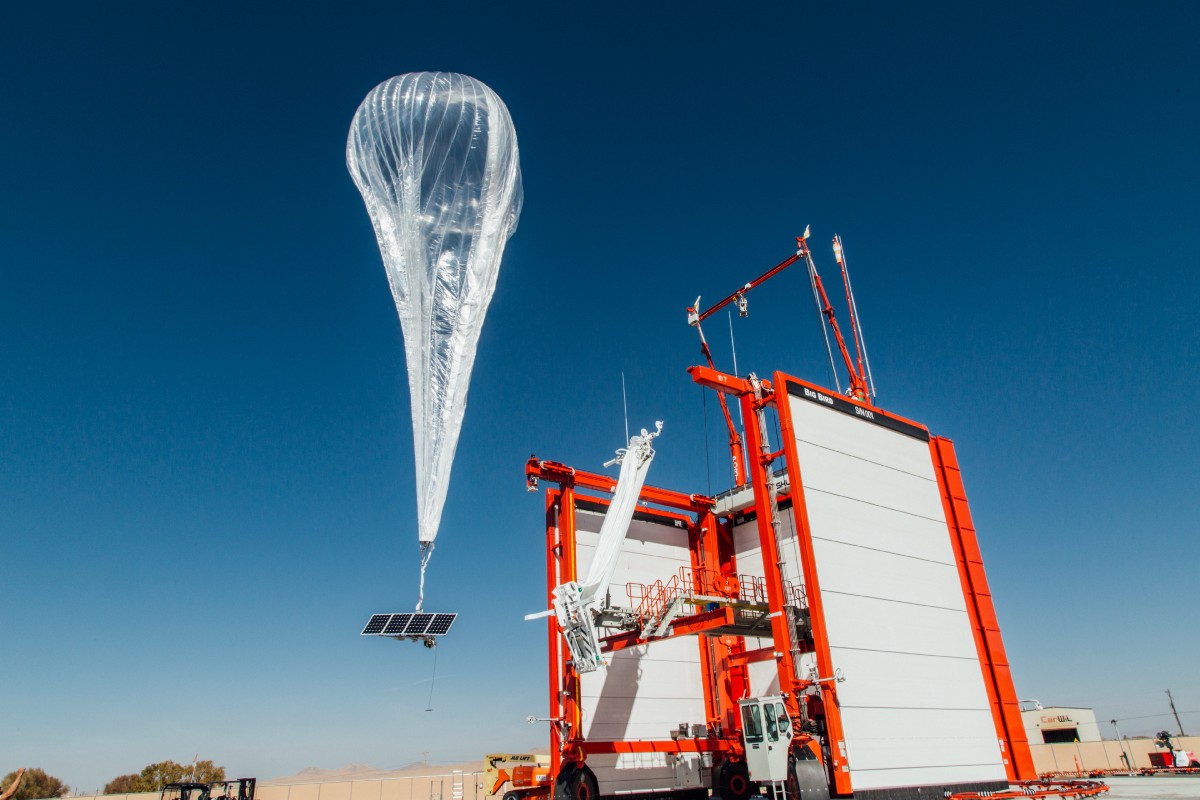Google’s internet balloon project is about to start its first commercial trial

It’ll be a crucial test of whether the technology can sustainably make money.
The news: Google’s internet balloon spinoff, Loon, is preparing for its first commercial test in partnership with Telekom Kenya, the country’s third biggest telecom firm, Reuters reports. The trial will let mountain villagers buy 4G services for an as yet undefined period. The project is expected to receive final approval from Kenya’s aviation authority this month.
Closely watched: The pilot, whenever it finally launches, will be a crucial test for internet balloons, which were originally conceived as a way to bring internet connectivity to remote areas. The high-altitude balloons create an aerial wireless network that communicates with an antenna system on the ground, powered by solar cells. There have been successful early (noncommercial) tests of the technology in Peru and Puerto Rico.
However: The Loon project has faced a number of problems. The balloons only last a few months before deteriorating, for example, and work only in sunny places because they rely on solar energy.
Superseded: Since Loon was conceived back in 2011, a growing number of companies have been racing to provide broadband connectivity from space, which may prove a more viable way of getting internet access to hard-to-reach places.
Sign up here to our daily newsletter The Download to get your dose of the latest must-read news from the world of emerging tech.
Keep Reading
Most Popular
Large language models can do jaw-dropping things. But nobody knows exactly why.
And that's a problem. Figuring it out is one of the biggest scientific puzzles of our time and a crucial step towards controlling more powerful future models.
The problem with plug-in hybrids? Their drivers.
Plug-in hybrids are often sold as a transition to EVs, but new data from Europe shows we’re still underestimating the emissions they produce.
Google DeepMind’s new generative model makes Super Mario–like games from scratch
Genie learns how to control games by watching hours and hours of video. It could help train next-gen robots too.
How scientists traced a mysterious covid case back to six toilets
When wastewater surveillance turns into a hunt for a single infected individual, the ethics get tricky.
Stay connected
Get the latest updates from
MIT Technology Review
Discover special offers, top stories, upcoming events, and more.